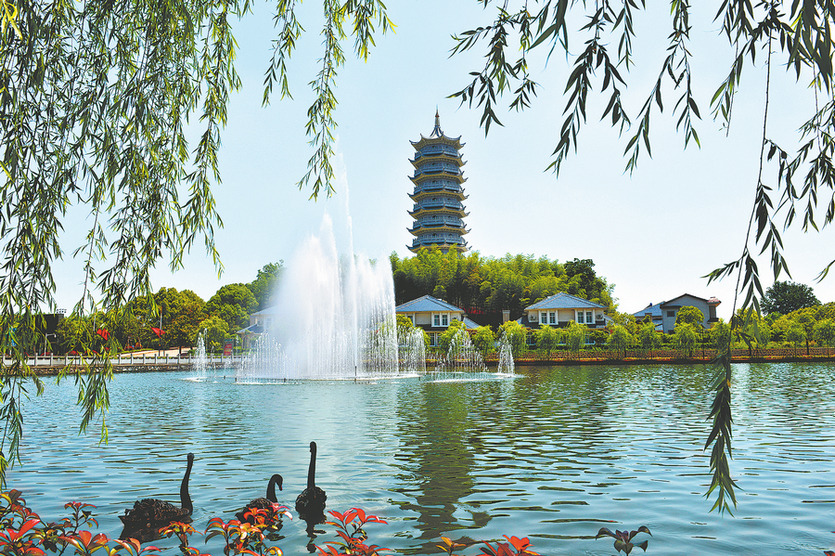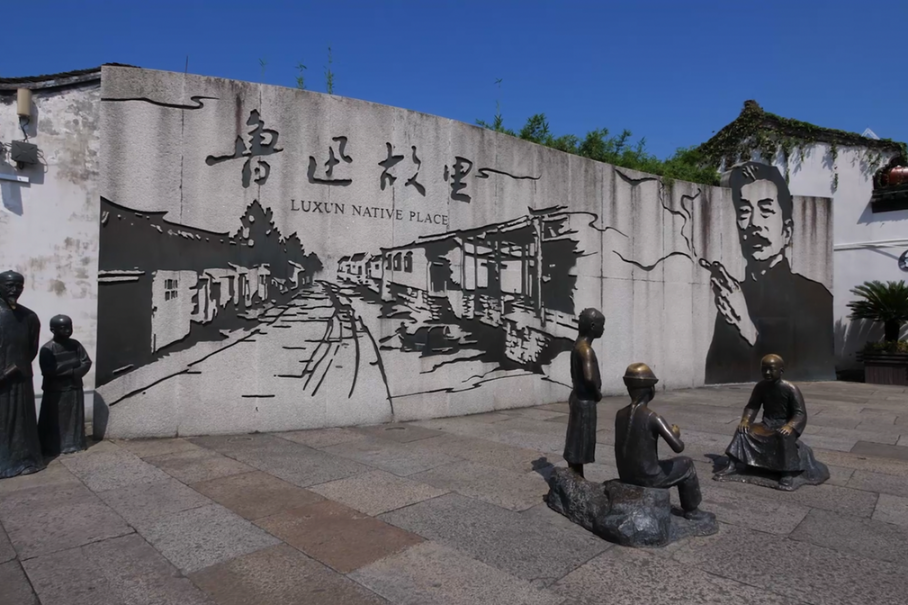Yibin has much appeal for history buffs


High on both sides of the pond are imposing odd rocks on which are 128 ancient inscriptions by famous ancient men.
The mention of liquor reminds visitors of Wuliangye, one of China's best-known liquor brands in Yibin, which has an over 4,000-year history of production. Wuliangye Group is a mega-sized State-owned enterprise with liquor as its primary business.
With rich biodiversity, Yibin boasts the perfect environment for the microorganisms used for liquor-making to live and reproduce, accredited by UNESCO and UNFAO as one of the most suitable areas for the production of high-quality pure distilled liquor.
Made from sorghum, rice, glutinous rice, wheat and corn with ancient recipes, Wuliangye is one of the world's earliest spirits. It is produced with five grains, and represents China's strong aroma style of liquor. It has been enlisted into the first batch of products protected under the landmark China-EU Agreement on Geographical Indications.
With a planned size of 18 sq km, its industrial park is accredited as a National AAAA-rated scenic spot open to visitors free of charge.
In the park that is of the size of an awe-inspiring small city, visitors who enjoy ancient buildings are mostly attracted by the Changfasheng distillery located on a tranquil street within walking distance from where the Jinsha and Minjiang rivers converge into the Yangtze River.
Workers still toil inside the ancient building of Changfasheng, which has fermenting pits dating back to the Ming Dynasty. Inside, the distillery still resembles what it was hundreds of years ago.
The company has a large number of pits for continuous fermentation and uninterrupted use. Its fermentation pits have an uninterrupted production time of up to 656 years.
One cellar's mud with the microbial community from Changfasheng dating back to the early Ming Dynasty is part of the permanent collection of the National Museum of China and is the only "living cultural relic" in the collection of the museum, says Sun Yiling, a member of the integrated media center of Wuliangye Group, which is in charge of the company's publicity.
In a 30-minute taxi ride from Changfasheng, visitors find themselves at Lizhuang, one of China's historically and culturally famous towns.
Sitting on the southern bank of the Yangtze River and 27 km from Yibin Airport, Lizhuang has a history of 1,478 years, with well-preserved ancient streets and lanes.
In the Yuwang Temple, visitors can marvel at one 200-year-old stone carving of nine dragons, which looks quite similar to that of the Palace Museum in Beijing.

































